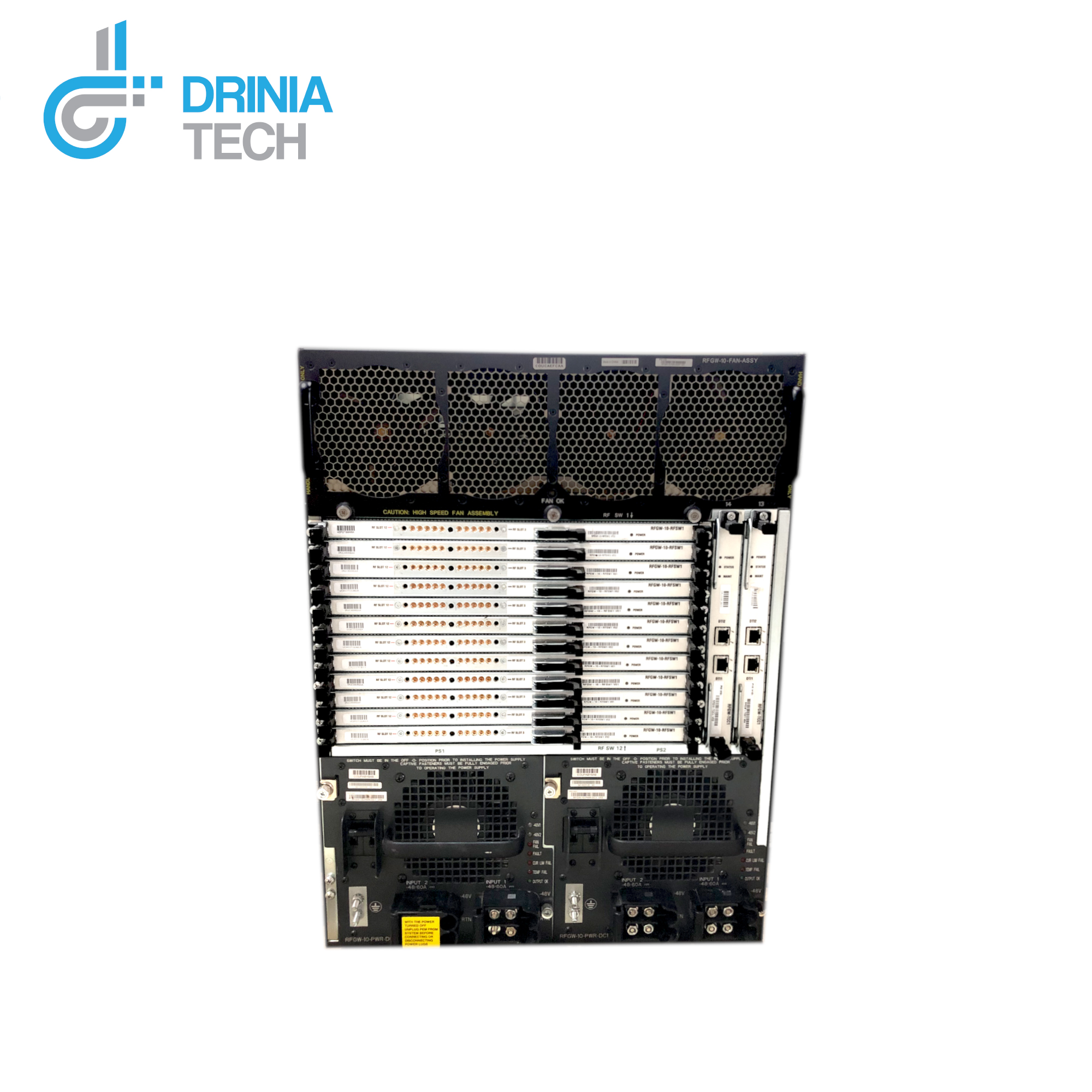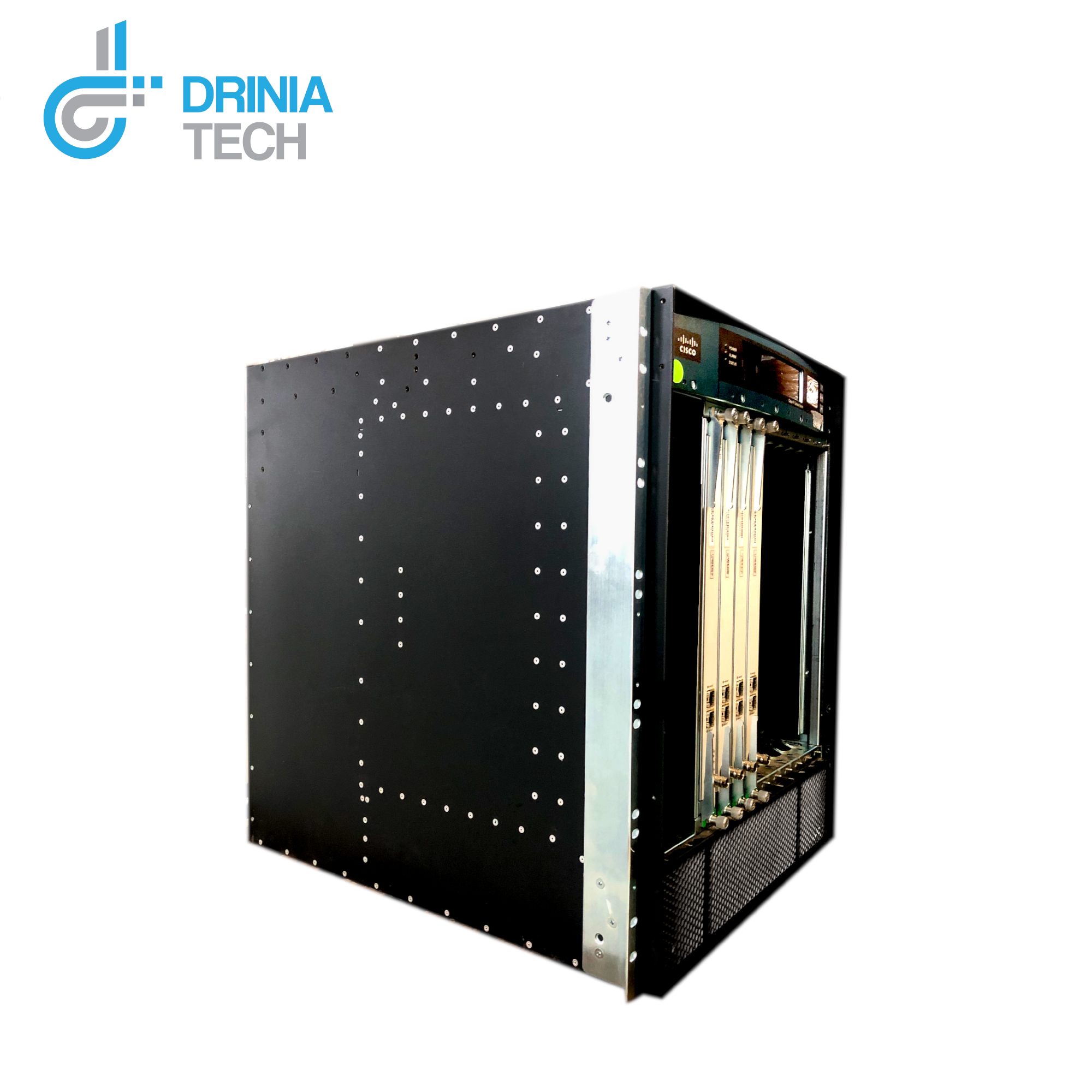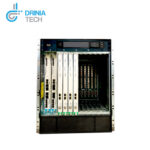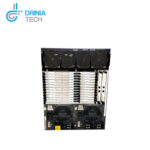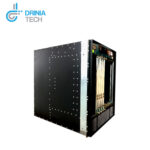Cisco RFGW-10
The Cisco RFGW-10 chassis has twenty six interface slots to accommodate:
• Dual supervisor and Ethernet switching line cards
• 1:N universal edge QAM line cards
• Dual timing and control line cards
• Dual load balancing and load sharing power supplies
• Integrated RF switching modules
-It offers concurrent support for standard and high definition digital broadcast television, switched digital video (SDV), video-on-demand (VoD), and DOCSIS ® modular cable modem termination system (M-CMTS ™) services.
All of the applications supported on the platform are based on open standards and together provide new levels of performance, capacity, power consumption, ease of management, and scalability.
Cisco RFGW-10 Applications
- Broadcast video
- SDV
- VoD
- Standard and high definition digital video
- DOCSIS 3.0 and M-CMTS
Features and Benefits
As cable operators expand their offerings of high definition services and accelerate the transition to a fully digital network through initiatives such as DOCSIS 3.0, SDV and analog reclamation, the number of QAM channels required is expected to grow exponentially. The Cisco RF Gateway 10 provides the capacity, scalability and high-availability features to enable this transition.
The Key of the Cisco RFGW-10 features include:
- Up to 480 QAM channels per chassis with RF Gateway 10 DS-48 universal edge QAM line card and the ability to grow to thousands of QAM channels per chassis with future QAM line cards
- Redundancy of all system components with RF Gateway 10 DS-48 universal edge QAM line card sub second failover
- 100 percent link redundancy with 10 Gigabit Ethernet (10GE) and Gigabit Ethernet (GE) interfaces
- Universal edge QAM functionality to support all digital video and DOCSIS services concurrently on a single platform
- Non-service-affecting roadmap of incremental upgrades, including scalability to 200+ Gbps aggregate bandwidth per chassis
Standards-based universal edge QAM
- Supports Cable Labs DOCSIS 3.0, M-CMTS, and universal edge QAM specifications to help ensure interoperability in multivendor system architectures
- Supports advanced MPEG-2 transport stream processing and management functions to work with existing and new video solutions
- Universal edge QAM platform reduces operational costs and helps enable evolution of services without stranding network capacity
Fully redundant, carrier-class architecture
- Protects all services in the event of a failure of any system component
- Integrated RF switch improves reliability and reduces operational complexity compared to redundancy schemes with separate edge QAM devices with external RF combiners or RF switches
- Simplifies HFC network design by eliminating the requirement to connect multiple edge QAM devices to each service group to avoid loss of QAM capacity
- Two DOCSIS Timing Interface (DTI) modules per chassis reduce the cost of DTI system infrastructure in M-CMTS deployments
Midplane chassis with supervisor, QAM line cards, and WAN ports on front panel and RF ports on rear panel
- Enables the increase in system capacity without any RF network connection changes
- Reduces time to upgrade and time to replace system components
- Front-panel WAN ports and rear-panel RF ports improve rack cabling efficiencies and access
Integrated Layer 3 switch with 10GE and GE WAN interfaces
- Enables any-to-any connectivity from WAN ports to QAM channels
- 10GE interfaces reduce cost and complexity of wide area network connections for large installations
- Integrates with a wide variety of network architectures requiring advanced Layer 2 and Layer 3 switching and routing features
Fully tested with Cisco M-CMTS and DBDS solutions
- Faster deployment of new services
- Reduces operational support associated with integration testing and troubleshooting
Product Architecture
-The Cisco RF Gateway 10 is a member of the Cisco RF Gateway product series and is designed to meet the most demanding requirements of cable operators worldwide. It is optimized for operators wanting to provide carrier-class high-availability solutions while also collapsing video and data traffic over cable edge QAM functions into one common platform





